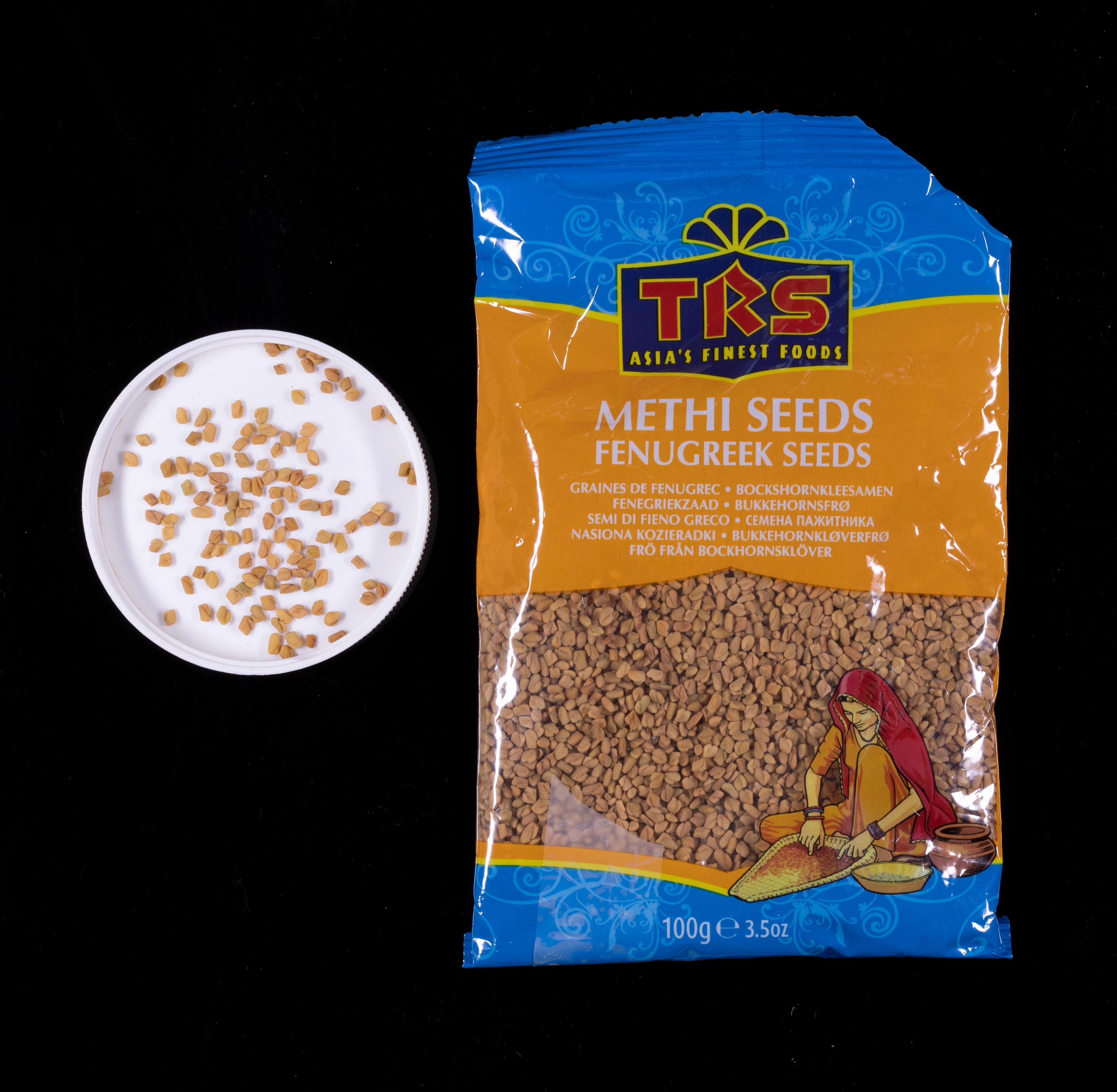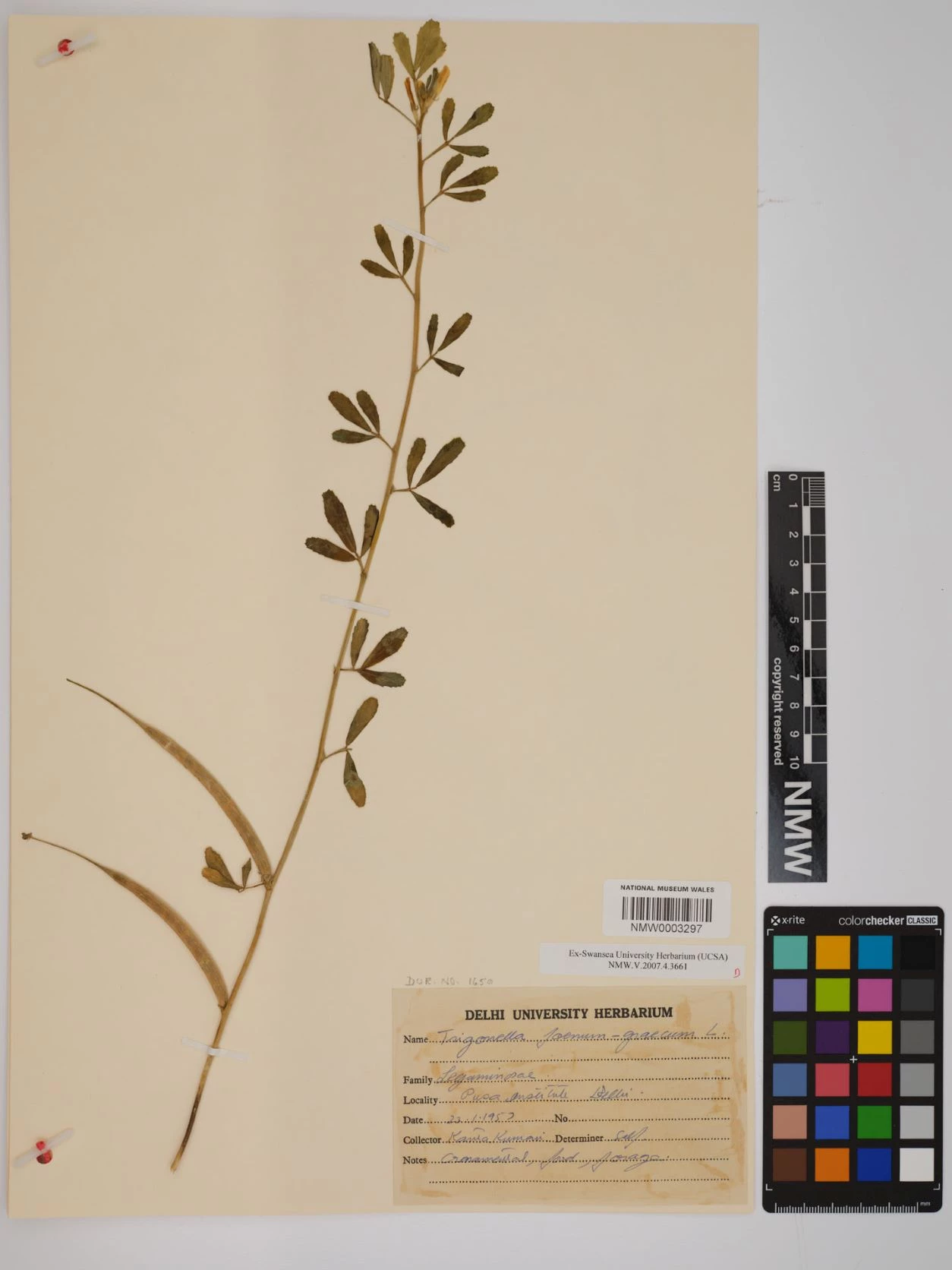Spices and herbs from South Asia
, 21 February 2023
Recently, curators from the Botany section have been working on an AHRC-funded project, Rights and Rites. The project aims to co-create new interpretations for South Asian specimens, drawing on people’s lived-experiences and cultural understanding of the specimens’ country of origin; to engage community groups of Asian heritage with relevant biocultural specimens; and to encourage dialogue and knowledge-exchange about the South Asian flora.
We have developed new partnerships with several members of the local Asian community through a series of interactive workshops. These events provided a wonderful opportunity to share knowledge about the use of plant products in cooking and medicine, in traditional Asian cultures. Here guest blogger, Hasminder Kaur Aulakh, shares her experience of using fennel, fenugreek and green cardamon at home.
Spices and herbs are staples of kitchens all over the world and their smell can invoke memories of home, family, events, and happy memories. These seeds, leaves, stems, and husks have a place in the heart, reminding us of our ancestors, homelands, and roots, and in the body by helping us cure and ease ailments.
Saumph (Fennel)
Take the humble fennel, or Saumph as my Punjabi family refer to it, which can be found in South Asian households as dried seeds or in powdered form. Saumph is a key ingredient of the palate cleansing mix of seeds offered by many Indian restaurants to freshen one’s breath, and this mix is often kept in Indian homes for the residents and guests after meals. However, this seed also assists with digestion due to the high fibre content, which can come in handy after a large meal, and is said to calm the intestinal lining. Babies with colic are often fed saumph seeds in water. Chewing saumph is also linked to stabilising blood pressure and regulating heart rate.
The digestive benefits of saumph can be complemented with mooli, white radish in English, and saumph is a necessary ingredient in the making of mooli wala paronthe. Saumph is also a key ingredient in cha, Indian masala tea, and in Ayurveda steeping saumph is the most effective way of consuming the herb.
Methi (Fenugreek)
Methi, known as fenugreek in English, is another staple of Indian households. This herb is useful as fresh and leaves and as seeds. Fresh methi leaves is to Indian cooking what fresh basil is to Italian cooking, and the widely popular Punjabi dish of butter chicken wouldn’t taste the same without a sprinkling of methi on top. As well as improving the taste of food methi contains saponins which can help reduce the absorption of cholesterol, improving the eater’s health. Methi is also a popular preservative for pickles.
Methi has a place in home remedies as well, such as being made into a tea along with honey and lemon to help break fevers. Skin issues are also said to be helped by treating them with methi paste, such as eczema, burns and abscesses. Methi paste can also be used to treat an itchy scalp and dandruff and is used in cosmetic soaps for this purpose. Some believe methi to have antacid properties, and when ingested can reduce heartburn.
Elaichi (Green Cardamom)
Despite being considered a truly divisive herb, with some not being able to stand the taste and others who can happily eat a whole pod raw, elaichi nonetheless has a steadfast place in South Asian kitchen. From its use in savoury dishes such as biryani and bread to sweet treats like cha and sweets elaichi’s importance in South Asian cooking and baking cannot be denied. Elaichi’s form in a kitchen, much like its uses, are versatile and can be found in pod, seed, and/or powder form, and can be green or black. Green elaichi is the more commonly used in South Asia, but elaichi is used all over the world in its various forms.
Elaichi is thought to have antimicrobial properties, and has therefore been used herbal treatments against harmful bacteria. Much like the earlier discussed saumph, elaichi’s antimicrobial properties make it a top choice for use as a mouth freshener and it is thought that chewing on the pods can aid in the fight against oral bacteria that can cause problems such as infections and cavities in teeth. It is also thought to be a powerful anti-inflammatory, and consumption of the herb is said to aid with digestion and help avoid problems such as acid reflux and stomach cramping. The anti-inflammatory properties also lend itself to being helpful with relieving sore throats when steeped in hot water or tea.
And there we have it, the versatility of herbs and spices in South Asia. Whilst these do not replace strong antibiotics, vaccines, or painkillers, they can certainly help with minor conditions. The great smelling and tasting herbs and spices that create South Asian cuisine have such an important role to play in keeping our stomach’s full and bodies healthy, and these uses have been passed down through generations.





